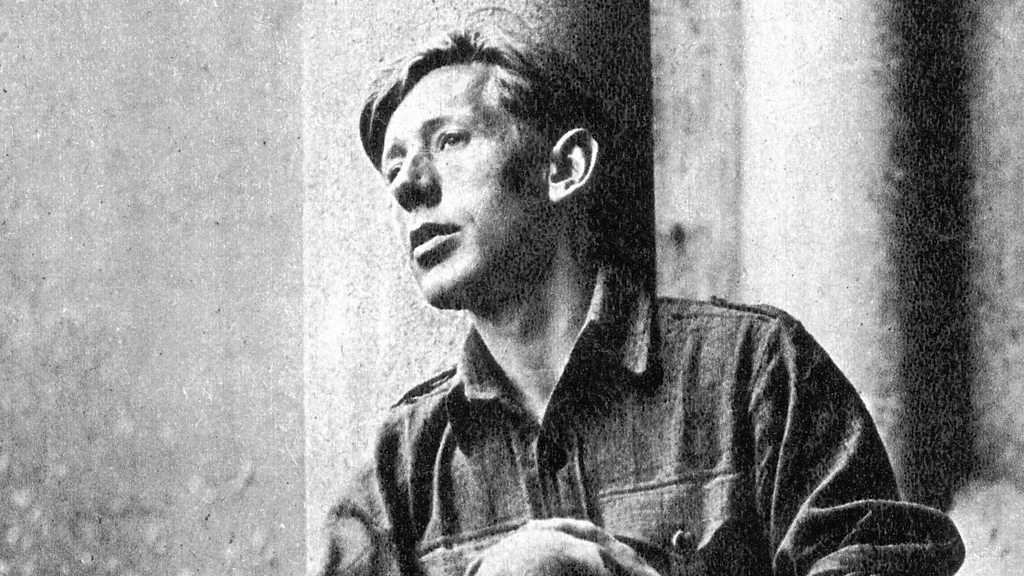



school textbook on advanced composition, placing him alongside Shakespeare, Queen Victoria and Samuel Johnson. Lee chuckled when an excerpt of his schooldays from the book was featured in a U.S. It appeared in 1960 as The Edge of Day to rave reviews in the States. But it was Cider that, overnight, made him seriously famous. Or simply take an indulgent draught of the book, relaunched this year, and explore anytime: Slad and the deep Stroud valleys, just a hop from Bath or Cheltenham, are full of village secrets.īy the time Lee wrote Cider With Rosie, the first of an autobiographical trilogy, he was already a published poet and playwright. The high point is in Slad in June, the anniversary of his birthday, and he is the focus for celebration at the Times Cheltenham Literature Festival, October 3–12. If you are not familiar with the tome, this 2014, the centenary of Lee’s birth is a fine year to make acquaintance as Slad and its surroundings remember their beloved son through exhibitions, poetry and music-plus a cider festival. Lee may be the lesser known, but sharp-witted British Heritage readers still identified him in the January issue Puzzler, no doubt having read his classic memoir of village life in a now long-vanished age of horse and cart, candles and lamps, and deference to squire and church. There are the Brontës and Haworth/Yorkshire, Hardy and Wessex, and since the publication of Cider With Rosie in 1959, there has been Laurie Lee, Slad and the Cotswolds.


 0 kommentar(er)
0 kommentar(er)
